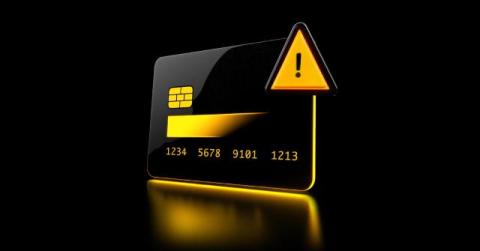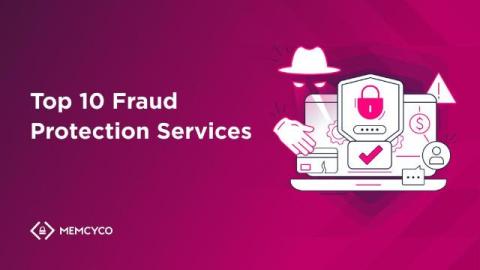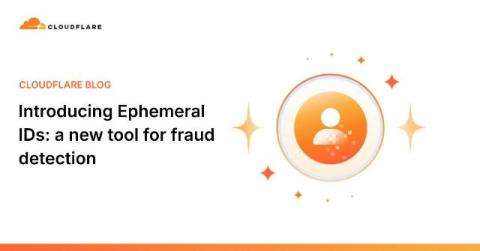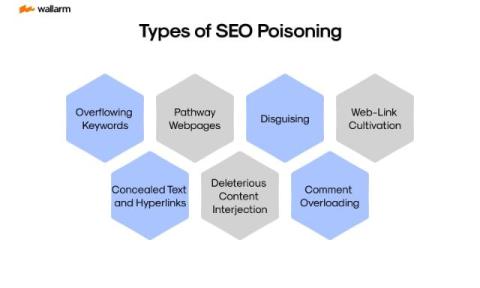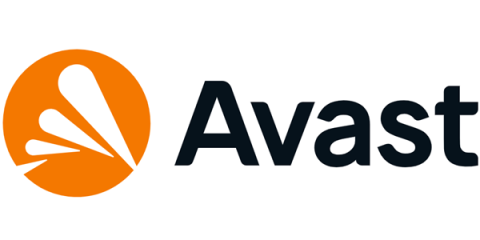Scammers Use QR Code Stickers to Target UK Motorists
Netcraft warns that scammers are posting QR code stickers on parking meters in the UK and other European countries. In the UK, the QR codes lead to phishing sites that impersonate the parking payment app PayByPhone. The phishing sites are designed to steal personal information and payment data.



